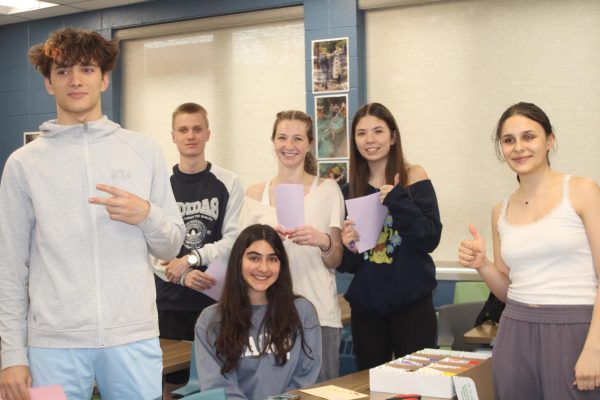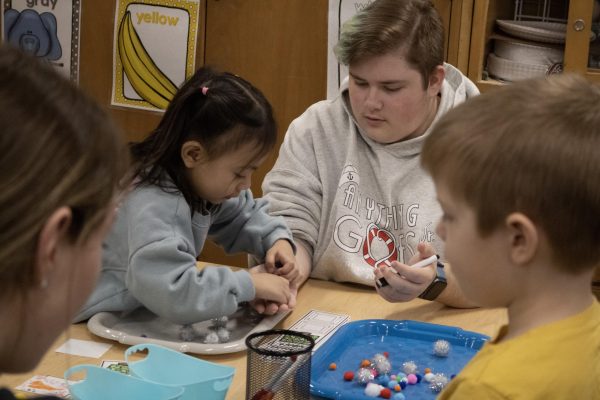Students contemplate stigmas surrounding Glenview’s neighborhoods

illustration by Sarah Warner
February 10, 2017
Since 1990, movies like Home Alone have characterized the Northshore of Chicago as a breeder of families like the McCallister’s who can afford to take 15 family members to France for Christmas. Also carrying stereotypes, television shows such as Shameless showcase less expensive living as immediately resulting in poverty and violence. With the diversity of the Northshore in mind, GBS students recognize the prevalence of these stereotypes associated with their different neighborhoods within Glenview.
Because GBS students live in all types of neighborhoods in Glenview, according to Dr. Lara Cummings, assistant principal of student services, GBS staff works to ensure neighborhood stereotypes, if any, do not impede on student treatment.
“As long as they have proven residency and they are Glenbrook South students, that’s what we treat them like,” Cummings said. “We don’t look [their neighborhood] up to say, ‘You live in this area. We’re going to pass this value or judgement against who you are.’ […] When [students] come forward and they have a need, it doesn’t matter where they’re living.”
According to a non-scientific Oracle conducted survey of 275 students, 74.2 percent believe specific Glenview neighborhoods have stereotypes that inaccurately define the type of people living there. Sharing this belief, junior Will Dunk feels the stereotypes assumed with each neighborhood tend to follow a pattern of east and west Glenview.
“I think most of Glenview west of Shermer Road is much more diverse and economically less well off than the east side of town,” Dunk said. “[…] I think that’s just because the eastern part of town is closer to the Glen and downtown Glenview, so the location of the houses makes them much more expensive.”
Of that same number of surveyed students, 25.1 percent feel the neighborhood they live in is associated with a stereotype. For Dunk, living in Indian Ridge, although west of Shermer Road, makes others presume he’s wealthy due to the nice homes his neighborhood has, leading to what he feels are unfair judgements.
“People assume I’m made of money sometimes and that’s not true,” Dunk said. “It’s not like my parents give me all this money and it’s not even like my parents are as well off as people would assume. […] Just because you have a house in a nicer neighborhood, who’s to say that your parents didn’t buy it a long time ago when prices have changed a lot since then […] I think when you assume things like that, it’s just a negative stereotype for everyone.”
On the other side of the spectrum, junior Lesly Zavala feels a negative stigma of crime and race is associated with her neighborhood, Michael Todd Terrace. According to Zavala, people often forget that Glenview does not consist of solely wealthy neighborhoods with large houses and block parties. For her, this stereotype was most prevalent when people assumed Zavala’s home life defined her personality.
“Most of the time, I [was] the only Hispanic in the class, [but] I guess I was never viewed as [an outsider],” Zavala said. “[…] Then when [classmates] would ask me if I lived in Michael Todd, they would be surprised because they would assume that’s only where Mexicans live, only where the mean kids live.”
Although Zavala greatly experienced this stereotype in elementary and middle school, she feels students and faculty at GBS are more accepting of the idea that a neighborhood does not define the type of person somebody is.
“I feel like at GBS, it’s a little bit less looked down on than in elementary school because once you’re older, you realize at GBS there’s […] a huge percentage of people in Glenview [that] live in apartments,” Zavala said.













